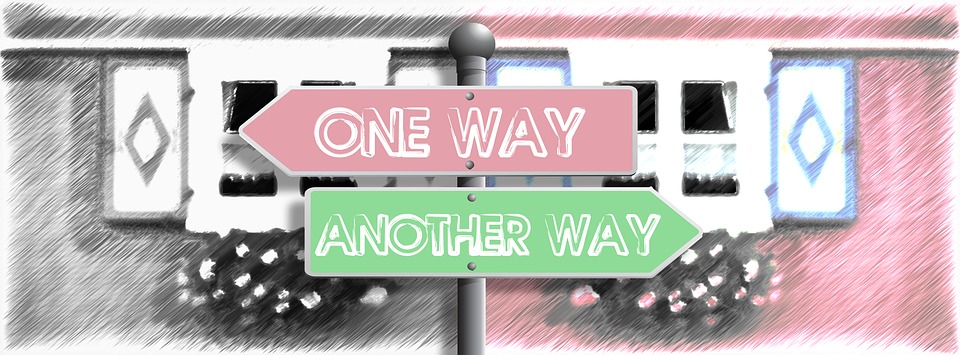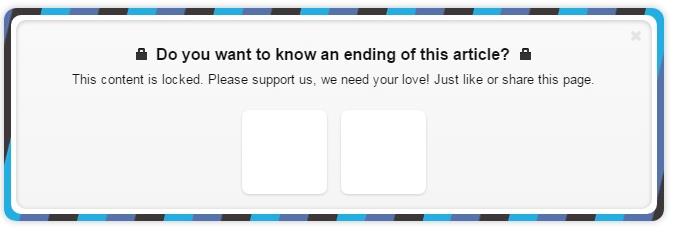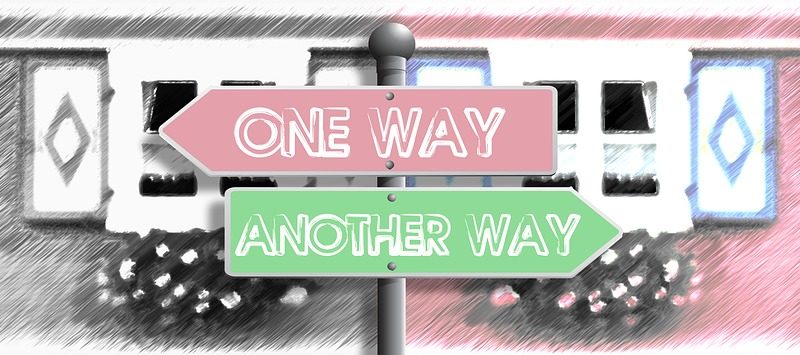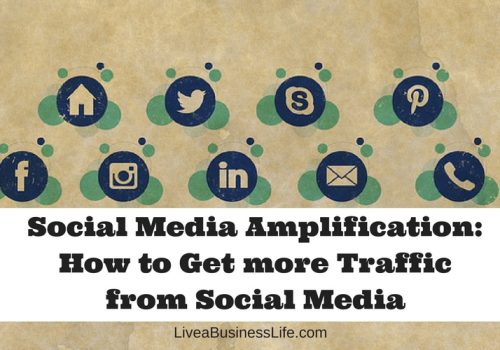
secure your market share by adopting a startup culture
April 5, 2017
Virtual Reality and Consumers’ Experience (infographic)
April 7, 2017
Decision-making is a complex cognitive process, so much complex that it has made brain scientists create a whole new branch in their field called “Neuroscience of Decision Making”. This is cool for marketers considering how it can help them hack into people’s brains and make them act the way they want.
But wait a minute; it shouldn’t be that scary. There are no mind-controlling devices, or brainwashing techniques; it’s all about one seemingly simple but in fact controversial concept, “reward processing”, or so says Daniel Salzman, head of investigations at Salzman’s Lab, Columbia University:
“Your decisions are typically really about some aspect of rewards, whether immediate or delayed into the distant future, and researchers are in a position where they can actually study how neurons are representing rewards, and how information on rewards may be integrated over time in order to reach a decision.”
Our brains are always in the process of assessing the outcomes (rewards or punishments) of the options available for them. The information accumulated over time is then processed in some neuron circuits consulting with other factors such as previous memories, emotions, etc. When the final value is determined, it will be time to make a decision.
Now, we know it. Human brain is reward-driven, why shouldn’t your content be?
For your content:
This finding has two implications for your content: one for the purpose of content structure, which is the idea that in every content great rewards should be promised so that people are enticed to continue reading your content. Forming a persona of your audience and including their interests, pain points, and values is a great way to know what rewards to promise.
You should offer rewards in your content. Study people's interests, pain points, and values to know what to offer. Click To TweetThis is pitched against a process-driven content that goes through every detailed function of the product without mentioning the final rewards people can expect from it. Process-driven kind of strategy is what human decision making process naturally neglects unless there is a kind of reward incentive.
The second implication is for soliciting some actions by promising rewards.
For example to make people share your content or follow you on any social network, you can promise some exclusive white papers or case studies, the kind of content that you don’t offer anywhere else.
For every article you publish on your blog, you can compose another shorter article or case study and then promise people to give them access to it only if they do a specific action such as sharing the article through social media (in the last part of the article, I introduce a great tool for locking content behind social media buttons — don’t miss it).
Rewards first, features next
To incorporate rewards in your content structure, you need to do some research, and see what rewards are appealing to your specific audience.
You should produce content that focuses on the outcome of your services, and bombard people with rewards they will actually receive for trusting you.
For example, if you have a marketing company, you might want to produce content on how rewarding it will be for your clients to leave their marketing planning and implementation to you, and then focus on their main tasks without ever worrying about other things.
Produce content focusing on the outcomes of your services, and show people the rewards they'll get for trusting you Click To TweetYour products or services might have a lot of features that are of greatest use to people, but if you don’t advertise what rewards these features are able to bring to their users, you won’t be the final decision.
I have recently bumped into a LinkedIn post from a top manager at a big consulting company. The exact title of the post was “If You Can Solve This Puzzle, We’re Hiring – It’s not always important to get the answer right the first time; it’s about trying to solve problems.” And guess what? It got more than 72,000 comments (and counting) from people from different positions and industries, probably wishing to be hired in an international company (quite a great reward huh?). Even my university professor tried to solve the puzzle, the fact that left me absolutely speechless.
But the point is, with all its buzz about everybody being above the average, making a difference and stuff, the company has its own normal course of recruiting. As an example, the technical writing position requires a bachelor’s degree and at least four years of experience in technical writing and editing, which aligns the company with others, nothing new about the recruiting method, and no mentioning of the puzzle. But the company and the top manager have definitely received thousands of views, which was the main point of the post in the first place.
Tapping into people’s reward processing circuits has always its own benefits.
A better example is Clearpath Robotics, a robot manufacturing company, which produced a kind of robot that could move about and deliver materials intelligently.
The company’s strategy to sell the product was to explain to the potential buyers how their new product was different from the traditional ones, as the company’s product manager explains.
But simply explaining the features of the product made buyers confused and not understanding how it could help them.
What the company did to deal with the problem was to frame their product AND their content more reward-driven rather than process-driven.
Simply explaining the features of your product without mentioning the benefits makes customers confused. Click To TweetThey managed to produce a self-driving vehicle, named OTTO, which was the same intelligent robot, but this time the rewarding consequences of using it were more amplified. It was designed like a car so people could easily understand the great outcomes of using it in their production line.
Check out the reward-promising content from the page introducing OTTO:
“OTTO has been designed and engineered to ensure your production line runs smoothly, 365 days per year. Industry rated components and all metal construction enable OTTO to withstand the rigors of even the harshest working environments.
OTTO ensures safe operation by never taking its eyes off the road and staying focused on the task at hand. OTTO is designed to meet industrial standards, including ANSI B56.5, and has been 3rd party reviewed.”
The results were amazing: their sales were accelerated, and they could raise a $30-million fund from the investors to accelerate their growth. They were also named a Silver Winner of the prestigious Edison Awards for Innovation .
Pretty cool huh? Keep this one master tip in mind: valuable content should promise great outcomes based on what people value as rewards.
Reach out for what is rewarding for your audience and then provide content on how you can help them achieve them. This way your content can sure find its way to your audience’s reward processing brain circuits.
A great tool: sociallocker plugin for wordpress
Say you want to boost social media shares of your content by tapping into people’s reward processing circuits. Sociallocker plugin allows you to do this by locking your content behind some buttons, so that people can access them only if they click those buttons.
Sociallocker offers three main scenarios in its website.
The first one is when you intend to offer an exclusive download in return for a share in social media. You can also lock your blog post behind the buttons.

The second scenario might happen when you lock promo codes behind social media sharing buttons.

And the third one occurs when you lock the end of an interesting blog post so that when people like you or share you on social media, they would see the ending.

Hey friend, can I ask you a little favor?
If you find the article useful, will you please spread the word? (See those beautiful share buttons below? you can use them 🙂
If you don’t find the article useful, will you please let me know your reasons? What were you expecting when you opened the page? What’s wrong about my blog or its contents? I’d be more than happy to know what you think through “comments” or Contact me page.
Thanks,







2 Comments
Merely wanna state that this is handy, Thanks
for taking your time to write this. http://www.quantabellajewelry.com/04/2015/best-jewelry-making-techniques-easily-learnt-pros/
Thanks, I’m glad you found it handy Hayley.